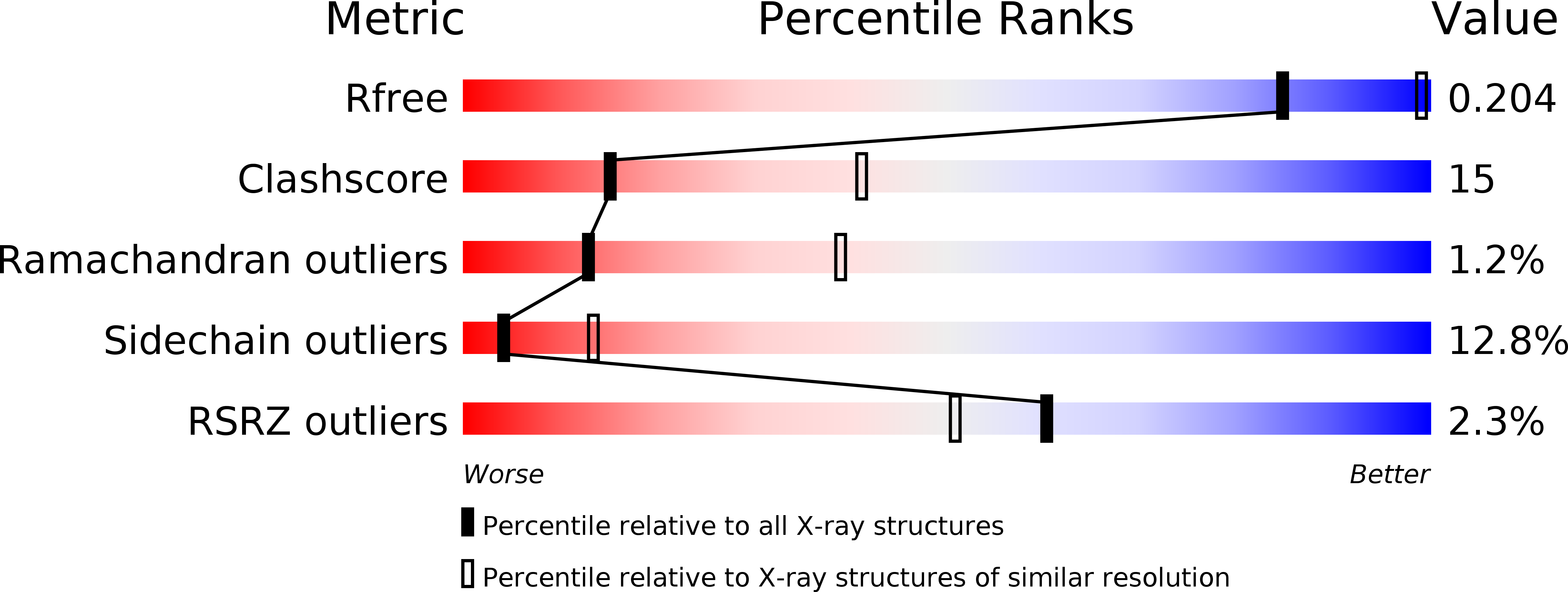
Deposition Date
2008-06-10
Release Date
2008-09-02
Last Version Date
2023-11-15
Entry Detail
PDB ID:
3DEI
Keywords:
Title:
Crystal Structures of Caspase-3 with Bound Isoquinoline-1,3,4-trione Derivative Inhibitors
Biological Source:
Source Organism:
Homo sapiens (Taxon ID: 9606)
Host Organism:
Method Details:
Experimental Method:
Resolution:
2.80 Å
R-Value Free:
0.29
R-Value Work:
0.21
R-Value Observed:
0.21
Space Group:
P 21 21 21


